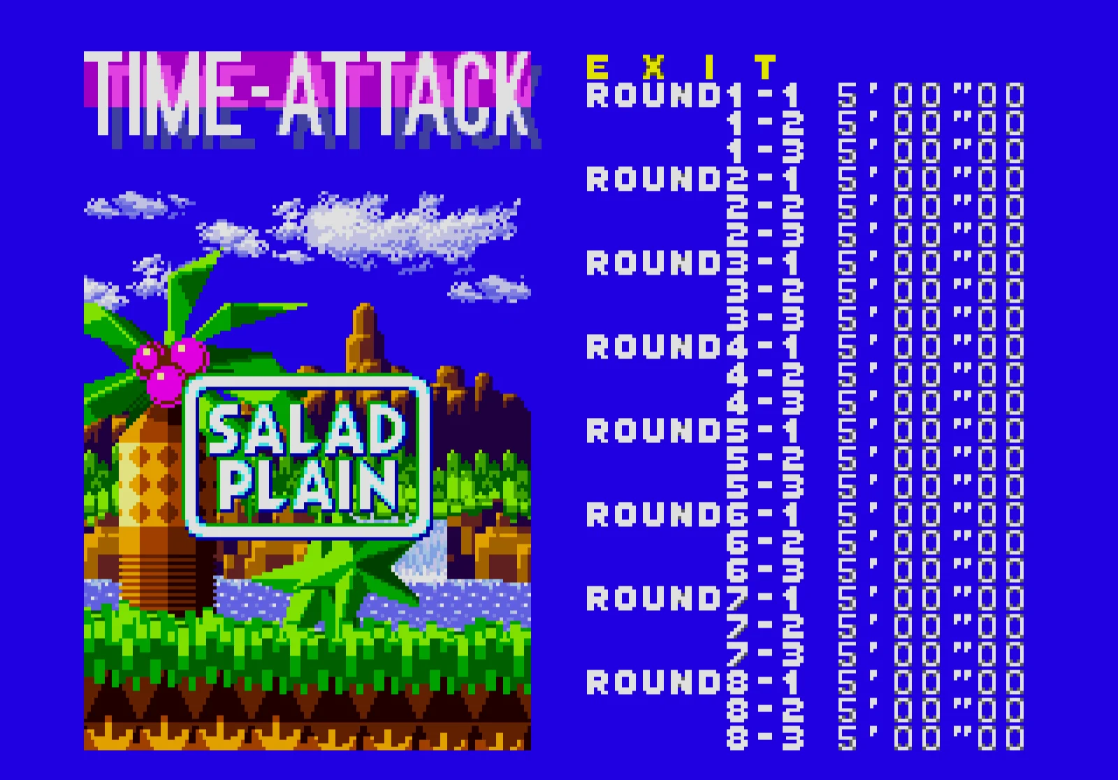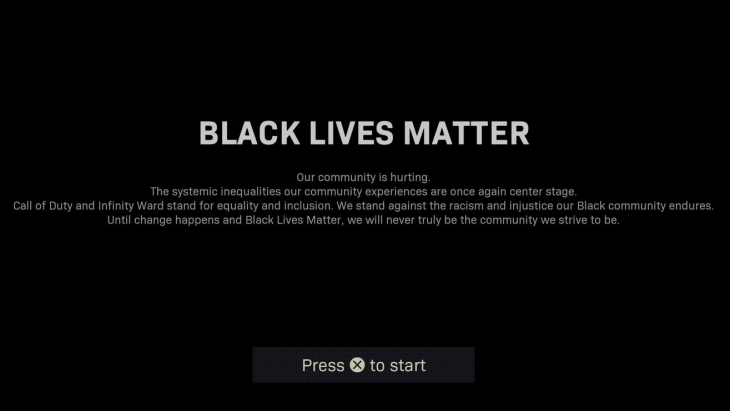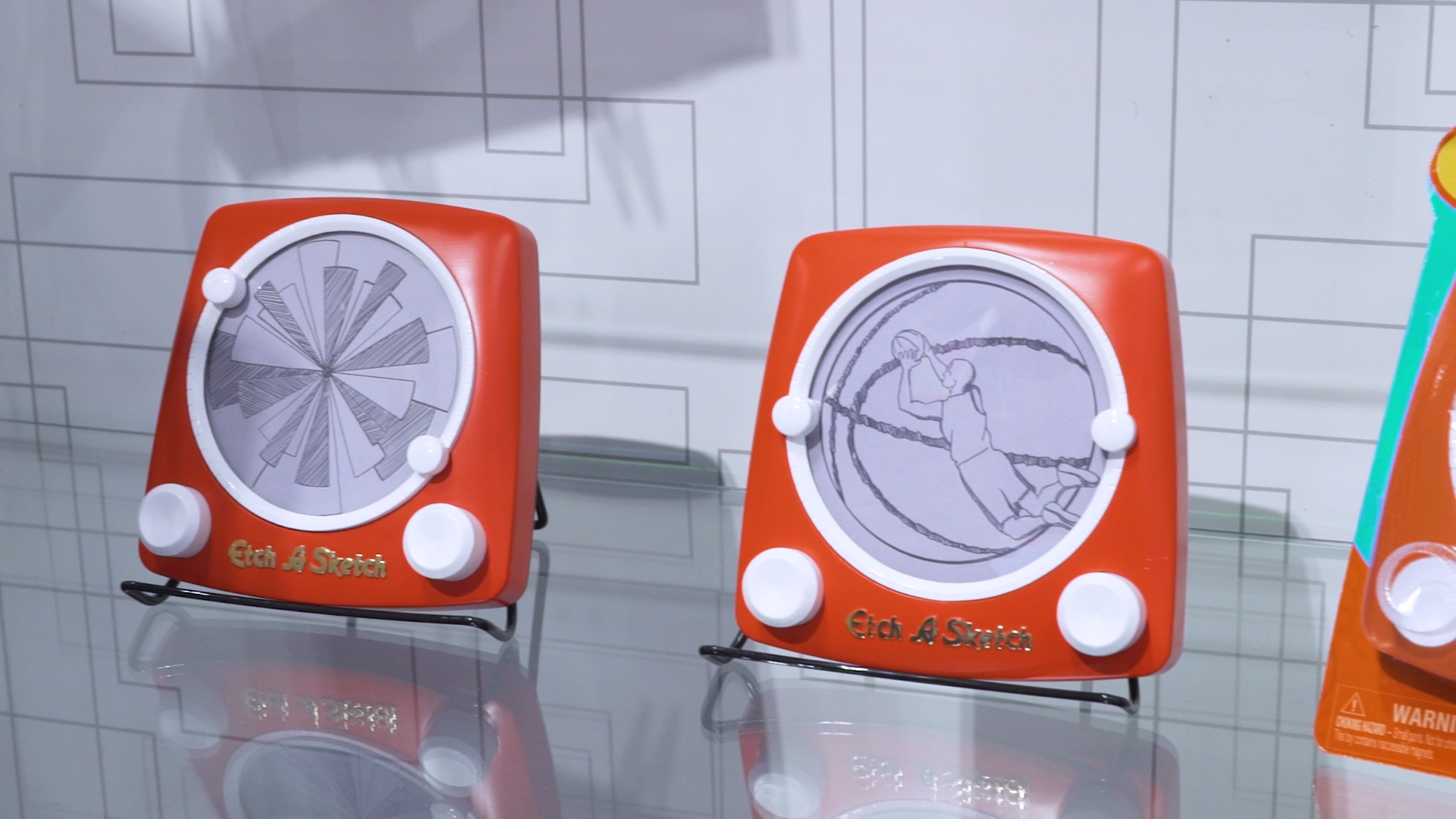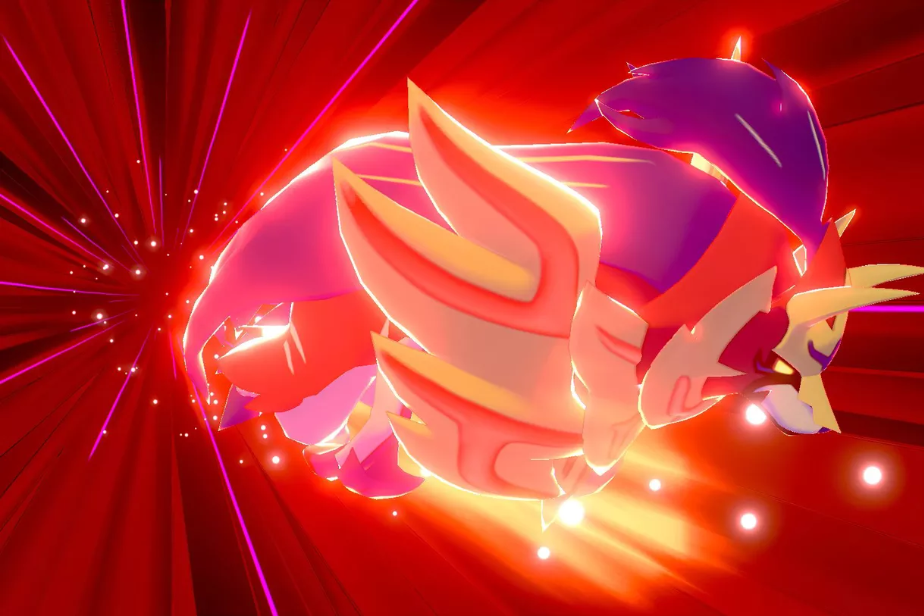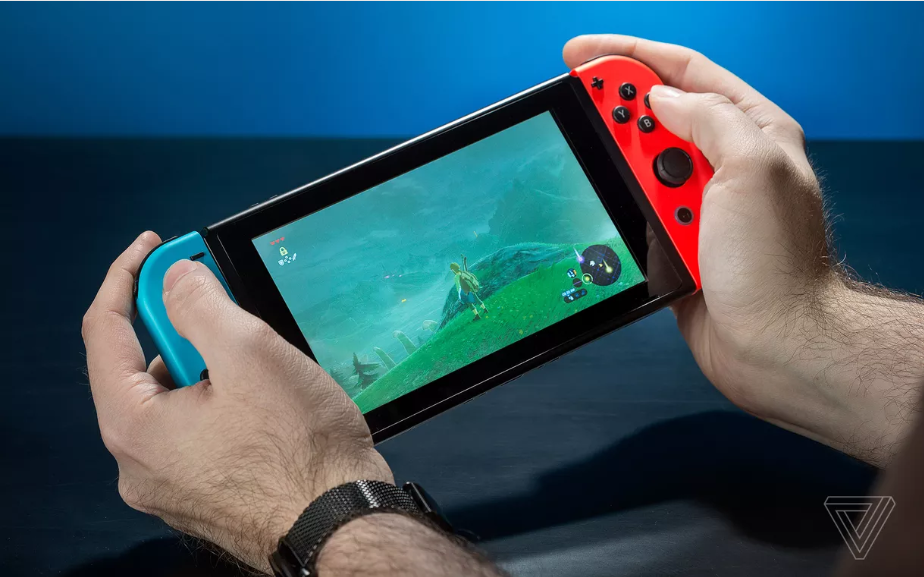7 Sonic the Hedgehog Prototypes
Article via Kotaku
Few things make me happier than hearing that a generous soul, upon discovering a prototype or unreleased game, has decided to take it upon themselves to get that game off of its ROM cartridge and make it available to the world.
It’s one thing to read anecdotes from the developers and look at early concept art for lost and early versions of games, but it’s another thing altogether to get to play these lost artifacts. You get to experience for yourself how a game evolved over the course of its development, giving you a deeper understanding of how the finished product became what it is.
The most treasured prototypes are, as you might expect, games from series with fame and/or notoriety: Pokémon, Resident Evil, and The Legend of Zelda are all high-profile series that have had early, sometimes wildly different, prototypes found and preserved for all to study and enjoy. But few well-loved series have had their development history as well-chronicled through prototypes as Sega’s Sonic the Hedgehog. Many Sonic games for the Genesis console family have prototypes that ended up becoming publicly available, all of which give us candid looks at the games in the middle of their development.
One wonders if Sega in the 1990s was just an exceptionally leaky company, because there are quite a few classic Sonic prototypes floating about. Many of them are simply incremental builds of the same game, each one featuring a little tweak to a stage design, maybe a handful of edits to the sprites. But several of the early builds that have been found are far more interesting: featuring cut stages, discarded gameplay elements, placeholder graphics, and wildly different soundtracks. Taken together, they paint a vivid picture of how these games were made: what the developers prioritized, what didn’t work, what needed to get the axe, what could have been.
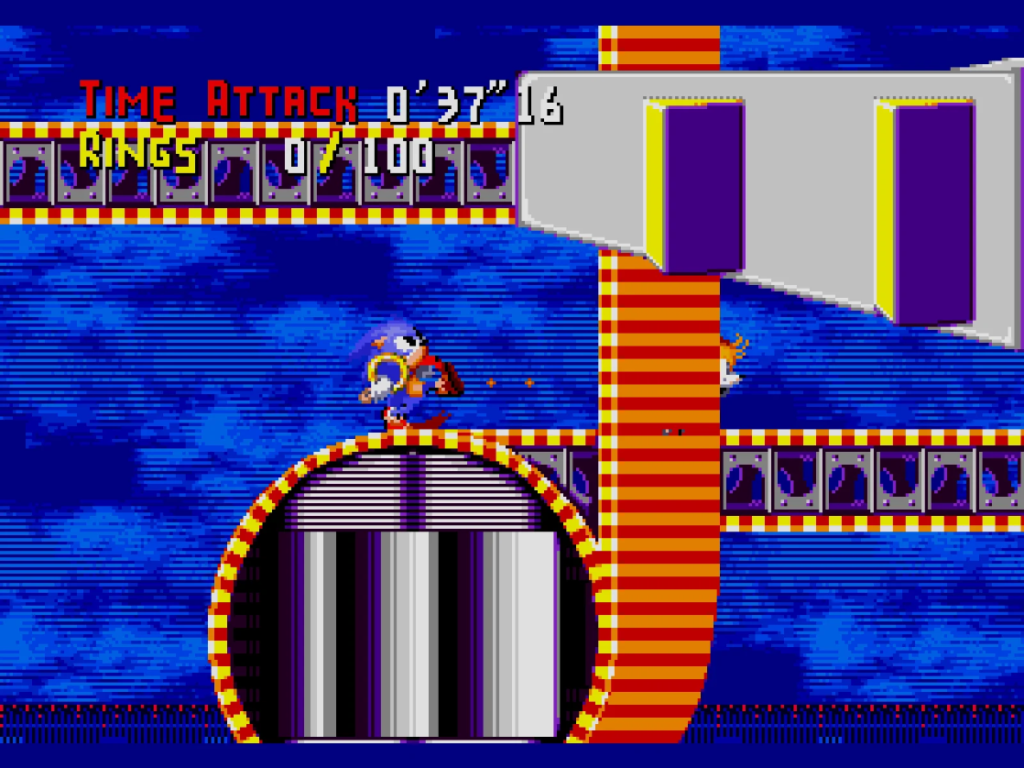
Sonic Crackers
This prototype was circulating online back before there were fully-functional Sega Genesis emulators to play it on. Dating all the way back to as early as 1995, Sonic Crackers is a proof of concept for gameplay mechanics that, alongside several visual and audio elements, eventually found themselves worked into the 1995 Sega 32X game Knuckles Chaotix. You control Sonic and Tails, who run through levels while connected together by rubber-band-like “ring energy” that creates some unique (and uniquely obnoxious) physics. (The name likely comes from “clackers,” a type of toy that consists of two wooden balls at either end of a string, just like how Sonic and Tails are connected in the game.)
Alas, Sonic Crackers is barely a game. There isn’t even a single enemy, just some test levels to zip through. Since Genesis emulation was still in its infancy when the ROM first made its way online, the only way you could play it was if you owned one of those unauthorized add-ons for your Genesis that let you play games off of floppy disks. Since few people did, Crackers went mostly unnoticed for a long time.
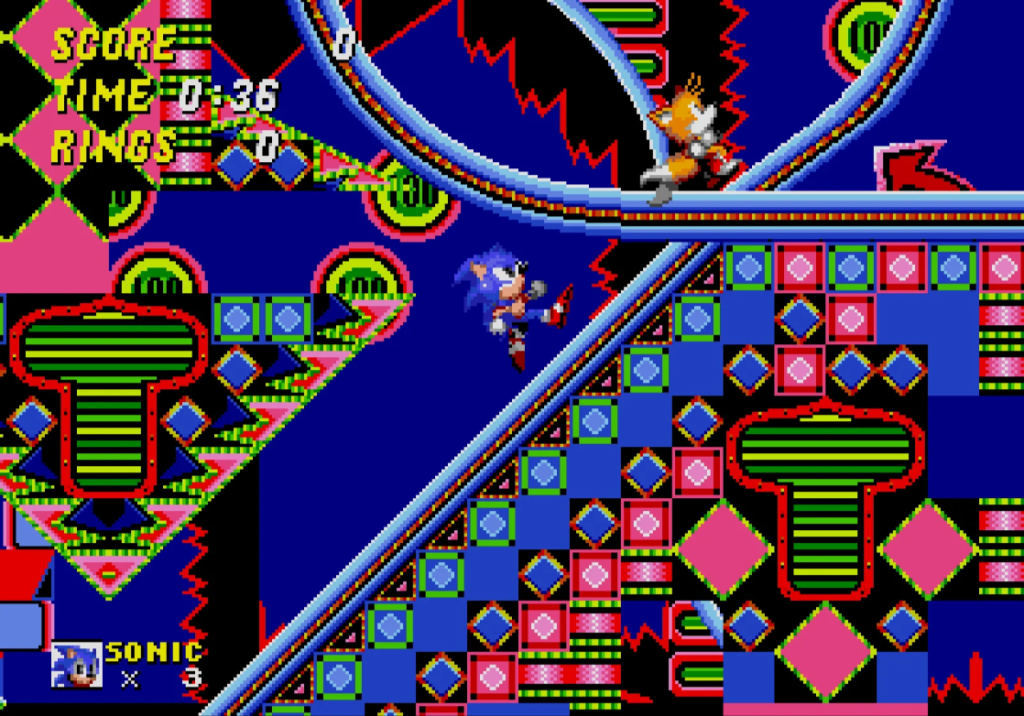
Sonic 2 “Simon Wai” Prototype
Of all of the early Sonic builds that have been preserved, the “Simon Wai” prototype is the most famous. This very early version of Sonic the Hedgehog 2 was chronicled on a late 90s website called Secrets of Sonic the Hedgehog, but all the site had was a set of blurry thumbnail screenshots until 1999, when the ROM was found on a Chinese-language website and shared with the Western Sonic fan community by a fan named Simon Wai.
I’ve written a fair bit about this particular piece of history elsewhere—I actually showed the ROM to its original programmer, Yuji Naka, back in 2005. The main things about this particular prototype that got fans excited were the inclusion of the Hidden Palace Zone, which had been shown in magazine previews but didn’t make it into the final game, and scraps of two other previously-unknown zones: Wood Zone and Genocide City. There’s barely anything in these zones (and Genocide City, true to its name, kills you almost immediately by dropping you into an empty pit), but it was still a fascinating look at what could have been.
For longtime Sonic fans, the release of the Simon Wai prototype was a huge deal. It left us wondering what other classic Sonic stuff existed that we’d never seen before. Communities like S2Beta, now called Sonic Retro, formed to research the games down to the tiniest detail, finding data buried deep in the ROMs and unearthing more ideas that never came to be.
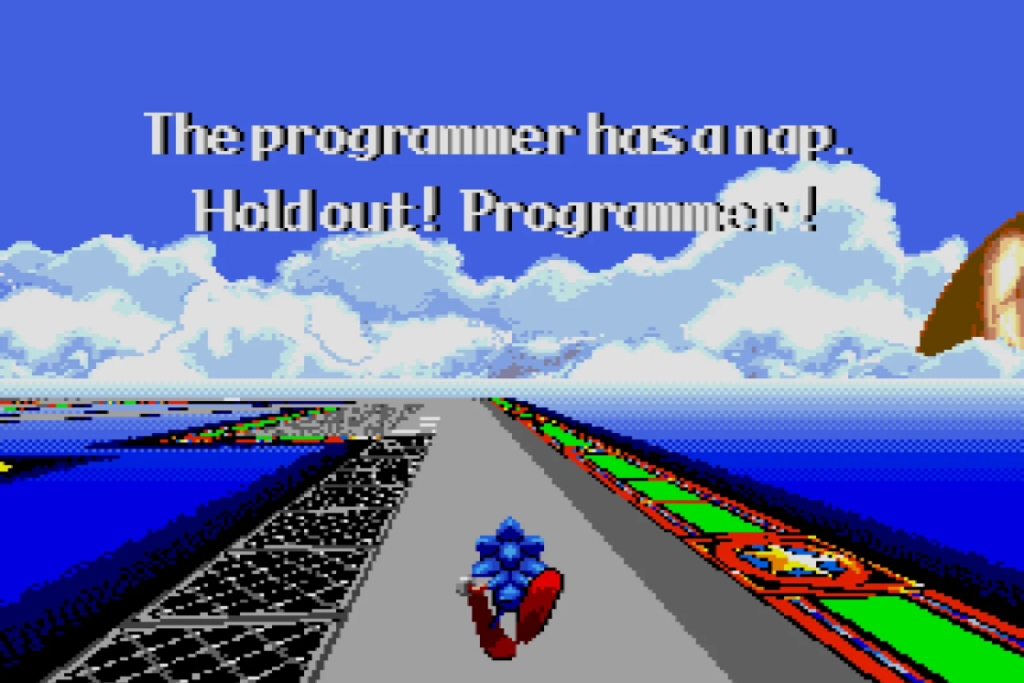
Sonic CD 0510
Sonic CD 0510, named after the May 10, 1993 build date on the CD-R on which it was found, was discovered and distributed online in 2000, not long after the Simon Wai find. The origins of this one are something of a mystery. The initial distribution was handled by a group of fans called Sega Extreme, but the disc itself has vanished into someone’s private collection, hampering efforts to figure out where it came from.
0510 is a snapshot of the Sega CD game Sonic CD smack dab in the middle of its development. Only about half of the stages are fleshed out, and several elements from the final game are either missing or notably different: altered title screen and power-up music, changes to color palettes and enemy designs, and only a simple demo to show off the special stage (above), which includes some meme-worthy text.
The game ends at Zone 3 (Tidal Tempest), but with the use of a debugging menu still present in the ROM, players can visit the rest of Sonic CD’s levels. You might be a bit disappointed if you do venture into the later levels, though. Most of them are extremely bare-bones, featuring skeletal platform placement and almost no objects or enemies to interact with. Zone 2, a planned stage known to have been canned early in Sonic CD’s development (and a subject of intense fan curiosity), is missing at this point, indicating that it was scrapped before this build. There was clearly a ways left to go before Sonic CD was ready for prime time, and it’s fascinating to see just how much got done in the few months before it was released in September of that same year.
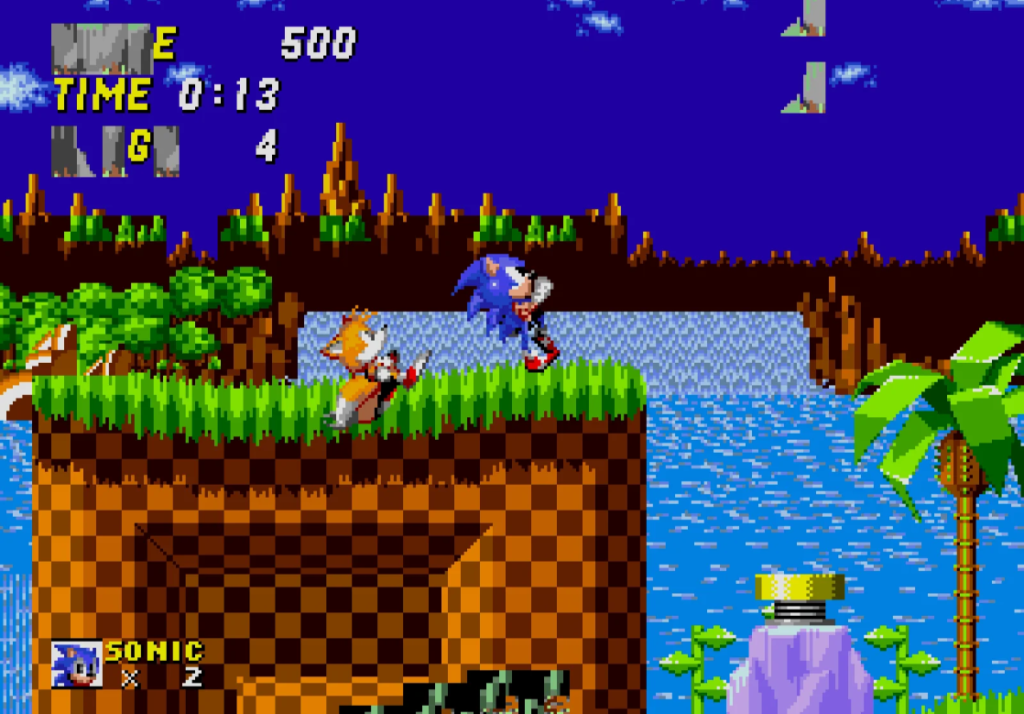
Sonic 2 “Nick Arcade”
If you’re my age, you undoubtedly remember the Nickelodeon game show Nick Arcade. It was a kid’s dreams — a game show centered around video games, where the grand prize was getting transported inside the “Video Zone” (which was, in actuality, a green-screen obstacle course visually enhanced through an Amiga). If you were a preteen and loved games in the early 90s, Nick Arcade was appointment viewing. It was a good place for companies to show off their latest games in motion in the pre-Internet era. Publishers like Konami, SNK, Renovation, and Working Designs used the program as advertising.
When the show proved to be a hit, more companies were keen to jump onboard and give Nickelodeon their games to showcase. Seeing an opportunity to promote their hottest new upcoming title in 1992, Sega gave Nick Arcade a very, very early build of Sonic 2. It was only shown a few times, one of which was during a special show where Melissa Joan Hart and fellow Clarissa Explains it All co-actor Jason Zimbler were competing. It’s very brief, but you can spot (and hear) the differences immediately.
It didn’t go well. Shame nobody knew about the spin dash at the time. Anyhow, you don’t have to have played Sonic 2 all that much to see some big differences between this and the final game. The Nick Arcade build re-used music from Sonic 1, had rough, early animations, a snail-like enemy not seen at all in the final game, and most notably, no Tails!
The Nick Arcade build of Sonic 2 was found in 2006 by a fan named drx, who raised upwards of $1,500 from a community funding effort to obtain it. And boy howdy, is it in a rough state. Besides the issues that could be spotted just from watching the TV show, many of the levels that do exist lack things like enemies and proper object interactions, much like in Sonic CD 0510. Also, Sonic has a vulnerable recoil animation when he hits walls after running at a high speed, which was a terrible idea that the team wisely discarded almost immediately.
That’s not to say Sonic 2 Nick Arcade isn’t extremely interesting, though. Playing this version allows you to see how its developer, Sega Technical Institute, was building on the framework of the original Sonic and trying to make it bigger, faster, and fresher. One particularly fascinating bit is that Sonic 1’s iconic Green Hill Zone is still present and unaltered, presumably as a testing ground. Playing through Green Hill with Sonic 2’s revamped physics, even in this early state, shows just how many under-the-hood changes the game’s engine went through. Just the simple act of running around on the ground feels wildly different.
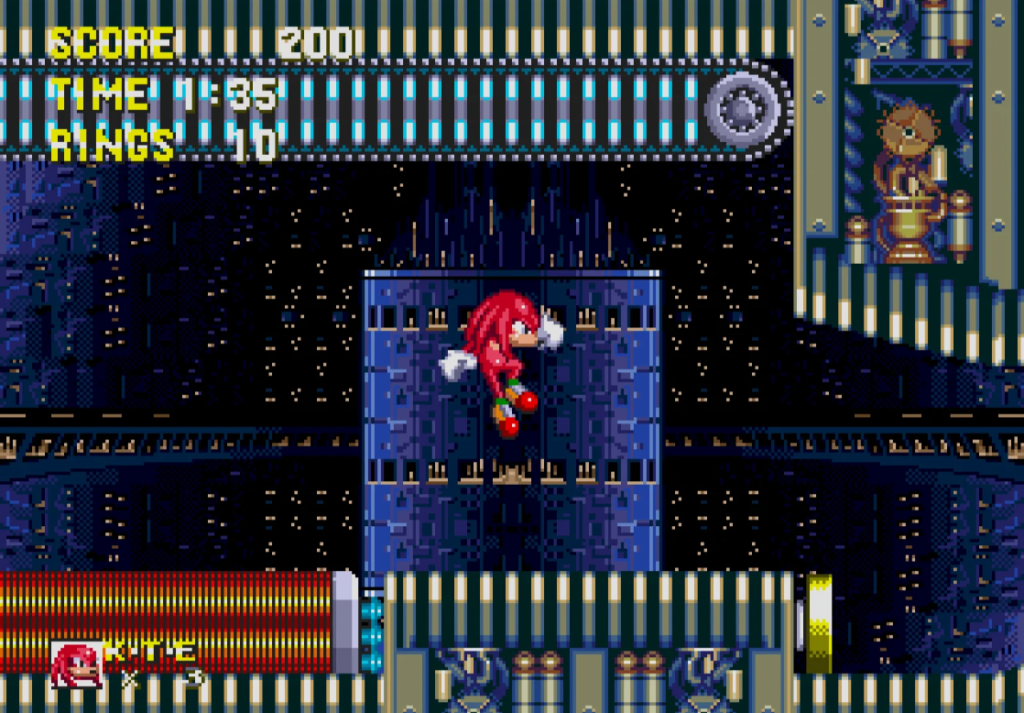
Sonic 3C
The next two games in the Sonic series, Sonic 3 and Sonic & Knuckles, were originally conceived as a single massive game. Under pressure from corporate to release Sonic 3 in February 1994 in the United States, Sega chopped it up into halves. The back half of the game was released later as the “lock-on” cartridge Sonic & Knuckles, into which you could insert your Sonic 3 to get the “full” game. At one point, Sega pondered doing a “special edition” of Sonic 3 in which everything was contained on a single cartridge, but this was scrapped.
There are a few prototype dumps from this period when Sega was mulling over such a release. The most interesting of them is Sonic 3C 0408, which has a lot of the later levels still in a very early state of completion. These ROMs were derived from a series of CD-Rs packed with content downloaded from Sega’s internal QA archives from the mid-90s, and were released alongside early builds of other beloved Genesis games like Dynamite Headdy, Phantasy Star IV, and Ristar.

Sonic CD 0.02
Found as part of an estate sale last year, this is a very, very early build of Sonic CD. This was showcased at a Japanese Sega event called Yuusei Sega World in late 1992, nearly a year before Sonic CD’s release.
When I say that this game is early, I mean extremely early. The only thing on here is a rough and buggy incarnation of Sonic CD’s first stage, Palmtree Panic. You can still time warp to different level variants, but the demo ends after the first boss fight. If you decide to visit the Past, you’ll find that the music is CD-quality Red Book audio, not the chip tunes used in this section in the final game.
Although only one stage is available to play normally, the stage select code from the 0510 build still works… but nothing outside of zone 1 can be chosen. Zone 2 is actually on the list, though, indicating that this comes from a time before that zone got killed off.
Also, the decision to name levels alliteratively seems to have come later, because in Time Attack we see Palmtree Panic named as “SALAD PLAIN.”
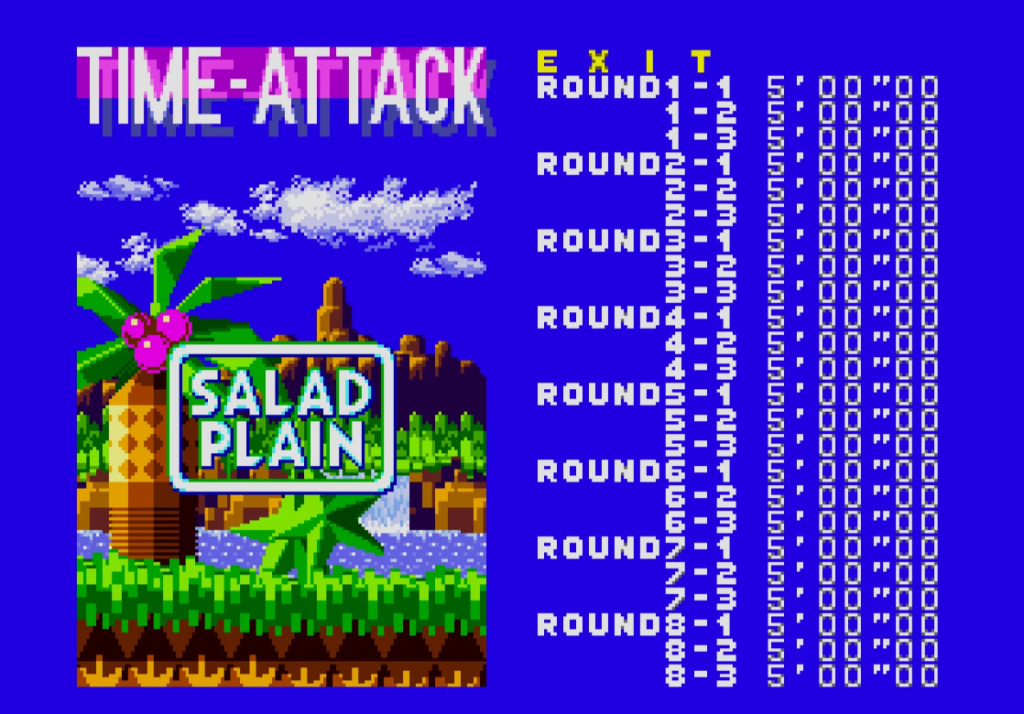
Alongside this build came a few other Sonic CD revisions, including a June 21, 1993 revision with extremely awkward special stages in which you have to hold B to make Sonic run, chasing down weird, bubble-looking UFOs that move in patterns that make no sense whatsoever. Even if you’re not a fan of Sonic CD’s special stages, after playing this, you’ll agree that the final product was a lot better than the original concepts.

Sonic 3 1993-11-03
The most recent Sonic ROM discovery might be the most interesting yet. It’s a build of Sonic the Hedgehog 3 from early November 1993, four months before its official North American release. Since Sonic 3 released in early February 1994, that means there were only months, maybe weeks, between this build and the game going into final production.
After seeing how different this build is from the full release, I have no doubt that the Sonic 3 team worked absurdly hard to make that release date, because in November 1993, this game was rough.
The awkward-looking, washed-out pre-rendered Sonic on the title screen should hint at what to expect here: placeholder sprites for Sonic that look nothing like the final versions, objects that frequently don’t work as intended, points where you can’t progress unless you use debug mode, and completely nonexistent special stages (though you do get a nifty tech demo). But the big thing here is the music: Casino Night, Ice Cap, and Launch Base Zone all have completely different music. (It’s long been speculated that Michael Jackson provided some of the music for Sonic 3; his purported contributions are nowhere to be found in this build. The music in this version matches MIDIs used in the Windows 95 release of Sonic & Knuckles Collection.)
You can see evidence of the developers weighing what to focus on to meet the harsh deadline: Flying Battery Zone, which eventually was shifted to Sonic & Knuckles, is still present in skeletal form here. Tech-savvy fans have also reassembled an early design of Sonic & Knuckles’ Lava Reef Zone from leftover data from the prototype cartridge, indicating that it was in earlier builds but was among the first zones to be cut.
Also, in this version, Sonic has a drop dash. Yes, the drop dash existed almost 25 years before it made its official debut in Sonic Mania.
As amazing as all of these finds have been, there’s a chance there’s still even more early Sonic material yet to be discovered. Classic Sonic fandom is still eager for information about Sonic CD’s lost Zone 2, for example. And there’s been very little in the way of early builds of the very first Sonic the Hedgehog.
Those fires are still being fueled: In April, Sonic CD designer Masato Nishimura tweeted about finding a lost binder full of development materials. A little over a month ago, eagle-eyed researchers scouring YouTube found a rip of a 1991 promotional Japanese VHS tape showing a version of Sonic 1 with some stark differences. Despite how much classic Sonic history has already been preserved, it seems like there’s still more yet to be dug up and analyzed.
Call Of Duty: Modern Warfare, Warzone Add “Black Lives Matter” Splash Screen
Infinity Ward’s two most recent Call of Duty games now greet players with a splash screen supporting Black Lives Matter when they start the game.
Players who boot up Call of Duty: Modern Warfare and Warzone now will be prompted to download an update, and it’s added a new splash screen to the game announcing support for Black Lives Matter. The screen, reported on by The Verge, contains a message for the Call of Duty player community.
“Our community is hurting,” the screen reads. “The systemic inequalities our community experiences are once again center stage. Call of Duty and Infinity Ward stand for equality and inclusion. We stand against the racism and injustice our Black community endures. Until change happens and Black Lives Matter, we will never truly be the community we strive to be.”
The screen will appear for all players upon booting the game, and The Verge reports that it is also appearing on loading screens and when you switch between different modes.
While Call of Duty has long been notorious for having many toxic players, this is one of several efforts being taken or promised right now to address racism among the player base. Season 4 has been delayed following the murder of George Floyd, and Infinity Ward has promised to combat in-game racism with enhanced counter-measures.
Infinity Ward is one of several developers and publishers that has addressed current world events and pledged support for Black Lives Matter.
GameSpot would like to encourage readers to donate to Black Lives Matter, and to seek out black voices in media.
GameSpot is now hosting Play For All–a celebration of all things gaming. Join us as we bring you the summer’s hottest news, previews, interviews, features, and videos, as well as raise money for COVID-19 relief efforts and Black Lives Matter with the help of our friends from around the gaming world. Check out the Play For All schedule for more.
Article via GameSpot
Upcoming canceled or postponed anime conventions COVID19
The following is a list of postponed or canceled anime conventions See Below!! Be safe y’all and to my fellow anime freaks all need to do is wash our hands disinfect everything that we use like our remotes to our TVs game controller etc.

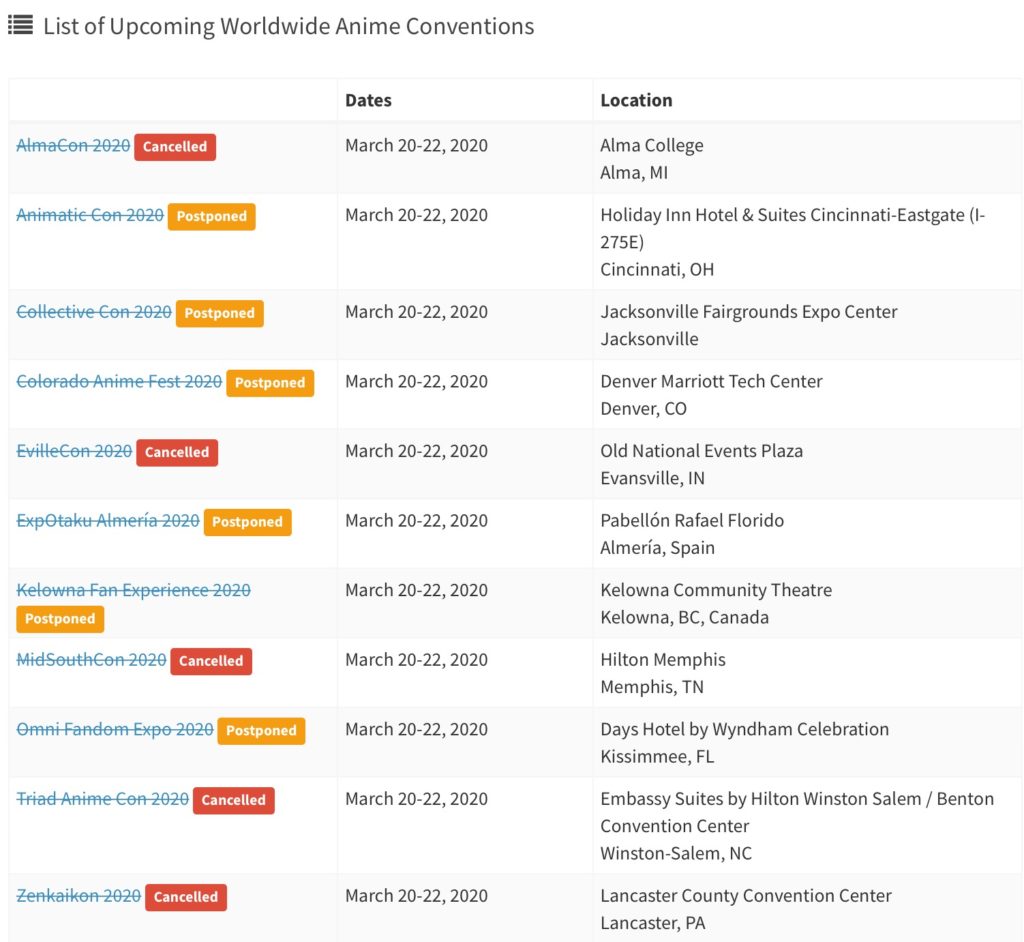
MORE BELOW ????
For more Anime Con scheduling info go to Animecons.com
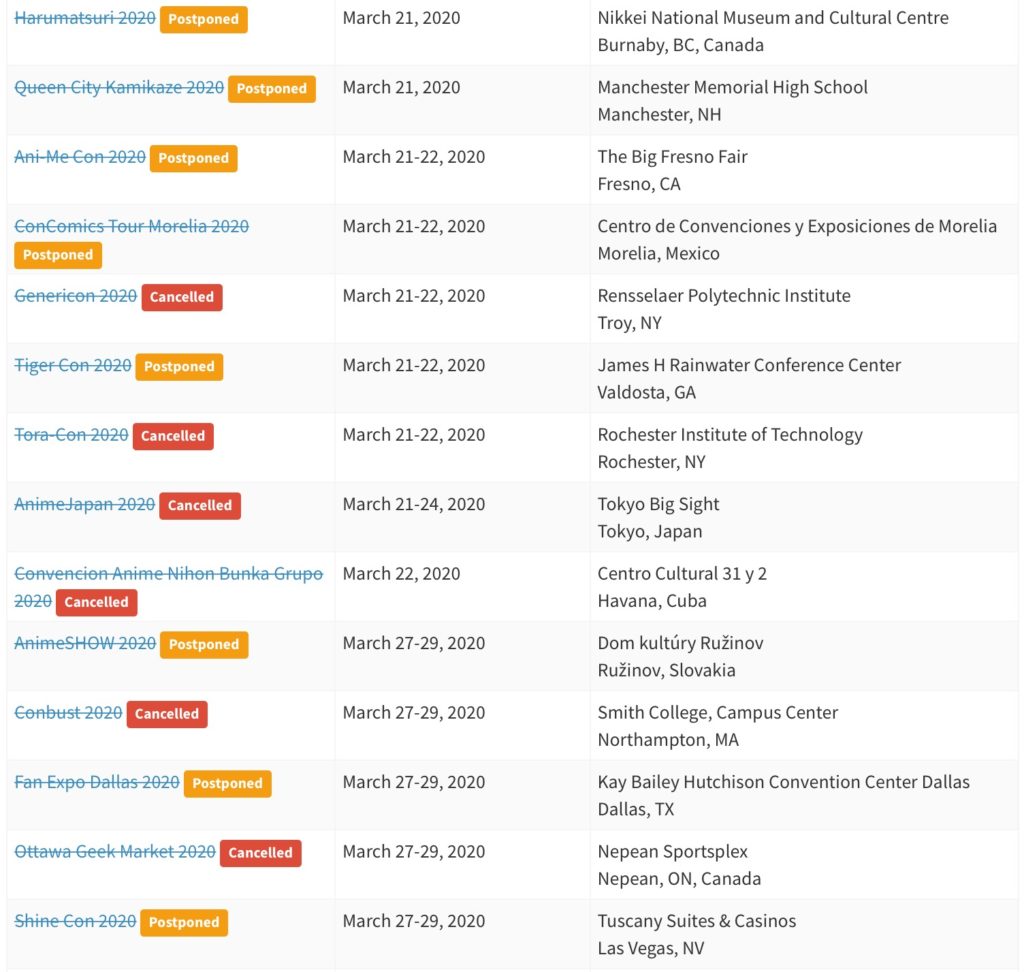
Microsoft reveals details about its next-generation console Xbox Series X
Microsoft revealed the technical specifications of its next generation video game console, the Xbox Series X, in a Monday blog post. Although pricing is still unknown, Microsoft said the Series X is coming this holiday season and has several new features that would give it a leg up over older consoles.
The Series X will be capable of running 4K graphics at 60 to 120 frames per second, meaning that game graphics should display clear details and games will appear smooth even during action-packed scenes.
The new console is also getting an upgraded graphics card and processor so it could run more graphic-intense games.
Notably, high-end PCs are capable of running graphic-intense games at as much as 200+ frames per second, so this upgrade for Xbox brings its technical specs closer to what’s already available on the market for PC gamers. Consoles have lagged behind PCs when it comes to providing higher resolution in gaming, but are often more affordable and easier to set up than computers.
Like its predecessor, the Xbox One X, the new console has one terabyte of storage, but it has been upgraded for faster load times. “Modern devices have changed our expectations on how quickly you can move between experiences or applications,” Xbox’s senior communications manager Will Tuttle wrote in a blog post. “Most of us want to be able to instantly jump into an experience or return right to where we left off.”
With the upgrade, Xbox is claiming it will be possible to play a game to a certain point, turn off the console and perform a system update, and still get back to where you left off.
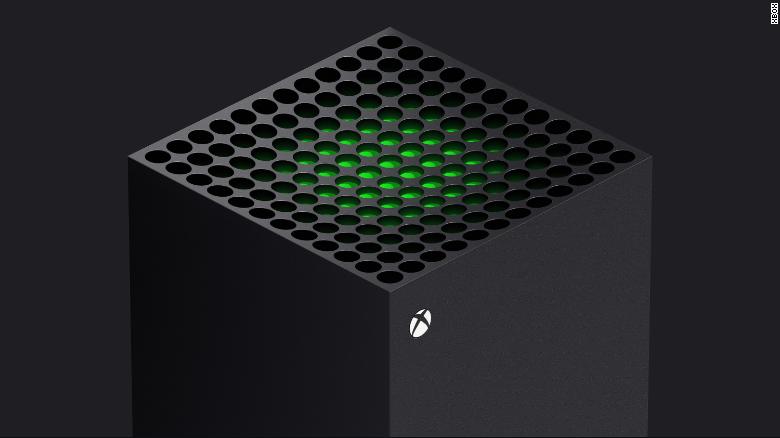
Games with immersive open worlds like “Red Dead Redemption 2,” “Final Fantasy XV” and “Assassin’s Creed Odyssey” could benefit from the faster load times, Xbox said. Tuttle wrote that Xbox has been working with TV manufacturers for the past two years to make sure displays are ready to support the Xbox Series X.
Microsoft is also touting the new console’s ability to support older games. “As gamers themselves, [the team] understood that we all have our favorite memories, franchises or titles that we want to continue to play even as technology and game design continues to advance,” Xbox wrote.
Since the Xbox Series X has upgraded storage and overall specs compared to the Xbox One X, it’s easier to support past games. “They gave us the Xbox One X and it was like we got this big playground to play with,” said Peggy Lo, principal program management lead of backward compatibility, in the blog post. “Then we got the Xbox Series X and it was like we had a whole amusement park to play in.”
Article via CNN
After 60 Years, You Can Now Draw Perfect Circles on Etch a Sketch
All of my childhood memories involving Etch a Sketch end the same way. I’d fiddle with the knobs and then after a few minutes, shake it in frustration, erasing all evidence of my hideous “art.” The ionic toy is marking its 60th anniversary this year with a few limited edition launches, but of all of them the Etch a Sketch Revolution was the one that had us shaking our fists at how lucky kids today are.
The Etch a Sketch Revolution is a tad smaller than your typical Etch a Sketch, but it does feature the two signature knobs at the bottom. The main difference is it features a spinning screen that makes drawing circles magnitudes easier. As in, all you have to do is manipulate the knobs on the spinning rim, and that’s it. It’s simple, but pretty neat when you consider just how torturous trying to draw anything circular, rounded, or curvy on a traditional Etch a Sketch is.
Yours truly is probably the worst Etch a Sketch artist to have ever lived, but even I drew multiple circles with ease. (You can see at least three I drew in the GIF above.) That’s not to say that you’ll suddenly be drawing complex mandalas within seconds. It still takes a bit to figure out which way you should turn the knob to sketch anything more than a circle. For example, my blobby mistakes are easy to spot.
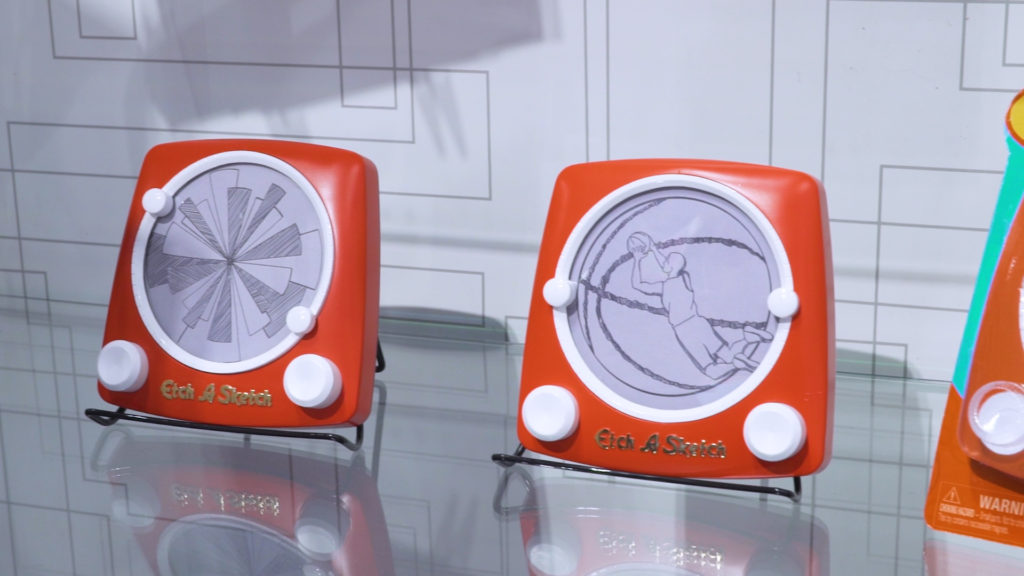
Spin Master had a few of these guys on display at the Toy Fair booth, and while I am proud of my abstract concentric circles, they’re nowhere near as artful as the example sketches. The Etch a Sketch Revolution is also gentle on the wallet too. It’ll be $10 when it launches later in July.
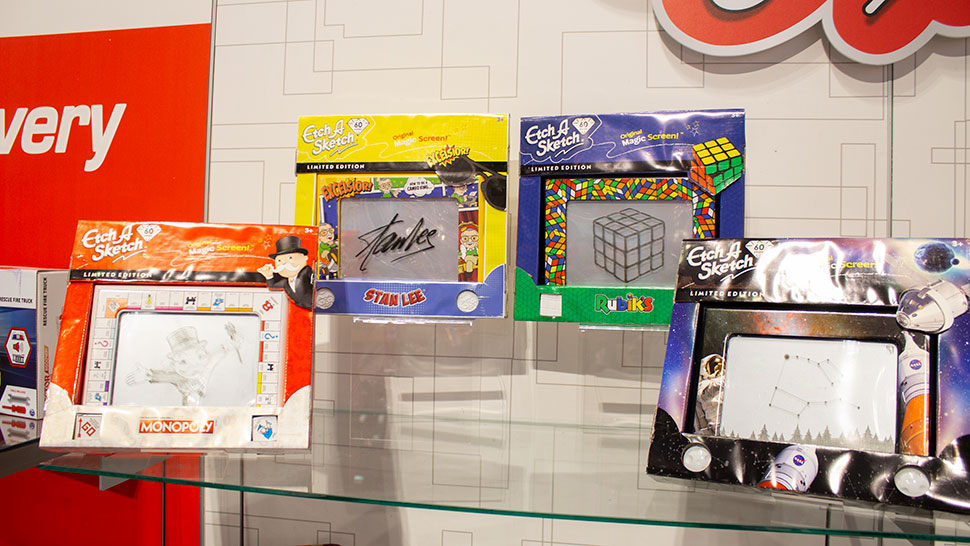
There’s a few other cool Etch a Sketch
edition as well. Leaning in on iconic nostalgia, there’s also a Monolopy
Edition to coincide with the game’s 85th anniversary. Likewise, there’s
also a Rubrik’s Edition to doubly celebrate the other most
frustrating childhood toy’s 40th anniversary. Spin Master’s also
commissioned a NASA Inspired edition that’s decorated with space
shuttles and a Stan Lee edition that features a cute cartoon version fo
the man himself, along with his famed catchphrase, “Excelsior!”
And you know, because Monopoly had to put out a $500 Swarovski version for its 85th, Etch a Sketch is also leaning into the capitalist vibe with a Diamond Edition. It’s not nearly as glitzy, but it does feature two diamond-inspired knobs.
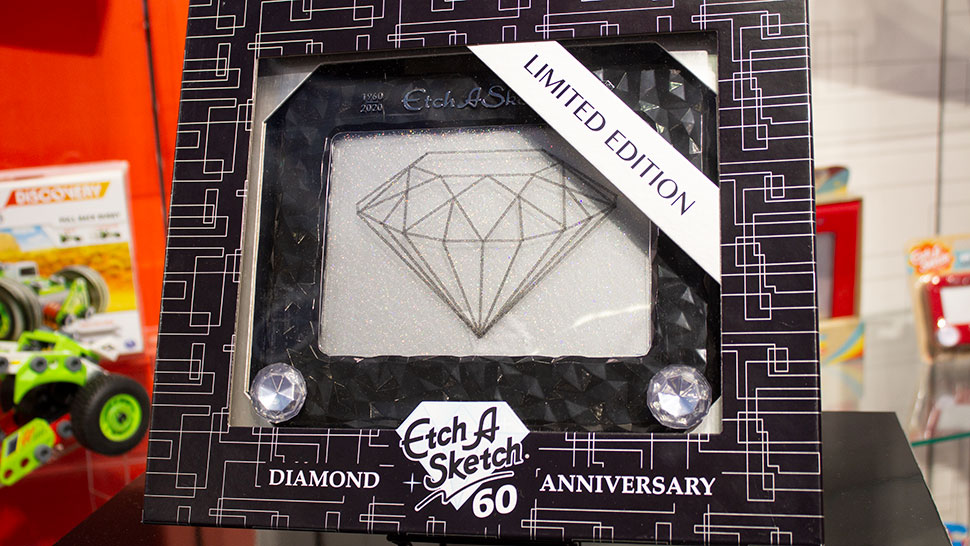
Photo: Victoria Song (Gizmodo)
These will all retail for $20, except for the Diamond Edition which is a bit more at $30. The Monopoly Edition will hit shelves in March, while the NASA Inspired Edition will come in April and the Rubrik’s Edition in May. Both the Stan Lee and Diamond Edition will drop in July.
Article vai GizModo
A new Mythical Pokémon for Sword and Shield to be revealed in February
It will also star in an upcoming movie
Ahead of Pokémon Day 2020, held on Feb. 27, The Pokémon Company announced a new Mythical Pokémon is coming to Pokémon Sword and Shield. Details on the new Pokémon will be revealed on Feb. 27. The new Pokémon is also expected to star in the upcoming Pokémon animated film, Coco. (Not that Coco.)
The announcement was posted in Japanese on the official website and translated by Pokémon website Serebii. Alongside the reveal, Sword and Shield will also get a “special Max Raid Battle” and a new event in Pokémon Go, Serebii reported. There’s no further information on what to expect from the new Mythical creature.
Three Legendary Pokémon already exist in Sword and Shield: Zacian and Zamazenta, the two dog-like Pokémon, and a mysterious Legendary called Eternatus. A few new Legendary Pokémon are expected with Sword and Shield’s upcoming expansions, too — Cubfu, Urshifu, and Calyrex.
Feb. 27 — Pokémon Day — is the anniversary of Pokémon Red and Green’s Japanese release date. This year, Pokémon Day 2020 is the 24th anniversary of the two games’ debut in Japan. (Pokémon Red and Green was released in the United States on Sept. 28, 1998.) Pokémon Day is recognized by the Japanese Anniversary Association, a non-governmental entity that tracks commemorative holidays in Japan. Eevee’s got one of its own, too.
Article via Polygon
The guy who knew Nintendo’s Switch surprise ahead of time has pled guilty to hacking
The man repeatedly hacked Nintendo’s servers
Article via TheVerge
A California man has pled guilty to hacking Nintendo’s servers to steal confidential files, including taking information about the Nintendo Switch months before it was announced, the US Department of Justice revealed today.
According to the DOJ, Ryan Hernandez, 21, and an associate phished a Nintendo employee in 2016 to get access to and steal confidential information from the company. In October 2017, the FBI contacted Hernandez and his parents to ask him to stop hacking, at which time Hernandez “confirmed that he understood the consequences of any future hacking.”
However, from at least June 2018 to June 2019, Hernandez continued to illegally access confidential corporate information, according to the DOJ, and he broke into “multiple Nintendo servers” to steal more confidential information.
Hernandez apparently boasted about his hacking on Twitter, Discord, and his own chat forum called “Ryan’s Underground Hangout.” On that forum, he chatted with others about Nintendo products, including discussing some of the confidential information he had found from hacking, and shared vulnerabilities in Nintendo’s network, according to the DOJ. The FBI raided Hernandez’s home in June 2019 and found “thousands of confidential Nintendo files.”
Hernandez was also charged with possession of child pornography. The DOJ says Hernandez has already agreed to pay $259,323 in restitution costs to Nintendo as part of a plea agreement. Hernandez’s full sentence will be determined by a judge, which the DOJ says could be up to five years in prison for hacking and up to 20 years in prison for possessing child pornography.
You can read the full indictment here:
Case 2:19-cr-00259-JCC Document 1 Filed 12/18/19 Page 1 of 4

Case 2:19-cr-00259-JCC Document 1 Filed 12/18/19 Page 2 of 4

Case 2:19-cr-00259-JCC Document 1 Filed 12/18/19 Page 3 of 4

Case 2:19-cr-00259-JCC Document 1 Filed 12/18/19 Page 4 of 4

A Nintendo Theme Park is Officially Coming to Universal Orlando
Experience life in the Mushroom Kingdom first hand.
Comcast reps recently confirmed that a Nintendo theme park will be coming to Universal Orlando, following rumors that have been circulating over the past few years. According to USA Today, the upcoming Nintendo theme park is expected to open in 2023 and is part of a massive expansion project that will double Universal Orlando’s size.
The new 750-acre park will venture a few miles away from Universal Orlando’s current location and will employ an additional 14,000 workers on top of Universal’s already-existing 25,000 Orlando-based employees.
Those looking forward to Orlando’s Nintendo park can likely expect similar details to those found at Super Nintendo World Osaka, which is set to open this spring. The park’s Japan location will reportedly offer rides, shops and interactive opportunities that aim to immerse visitors in classic Nintendo games.
An overall immersive experience offered in Osaka will be wearable wristbands called “power up bands” that, along with an app, allow guests to collect digital coins just like Mario and use them to play games against other visitors at the park. “You’re not just playing the game; you’re living the game, you’re living the adventure,” explains Thierry Coup, the senior vice president and chief creative officer at Universal Creative. “Nintendo’s most iconic locations and experiences will be brought to life, including Mushroom Kingdom, Peach’s Castle, an incredible Mario Kart ride, Bowser’s Castle – and more.”
Article via Hypebeast
Leaked Recordings Allegedly Reveal Dragon Ball Z Cast Making Homophobic Jokes
VIEWER DISCRETION ADVISED
There are so many layers to the story. It would take me months to explain all of it .
The hypocrisy , hatred and jealousy for one man is REAL. I’ll give my $1 opinion on this much later but here’s what going on now. Funimation is a SHIT FIRE OF A COMPANY #standwithvic Viewer discretion advised offensive language not recommended for children under 18
Apparent leaked voiceover recordings from the anime production company Funimation allegedly reveal voice actors from Dragon Ball Z (including what appears to be Goku’s English voice actor Sean Schemmel) making homophobic, incestuous, and overall offensive jokes while recording.
Multiple audio clips were slowly revealed by Nick Rekieta over the course of his Rekieta Law livestream, which he claims violates Funimation’s own workplace guidelines. Rekieta also notes that he obtained the clips “absolutely, 100% legally” and that he is distributing them in a journalistic capacity. Funimation notably distributes (and facilitates English dub work for) Dragon Ball Z, which is created by Toei Animation.
While they vary in subject matter and levels of offensiveness, one particularly egregious clip seemingly involves Schemmel speaking as Goku hurling homophobic slurs at the character’s son. Another Dragon Ball clip uses licensed music in the background while multiple characters play out an “audio drama” about sodomy. A brief recording also apparently features the voice of Chi-Chi making an incest-related joke.
Among the alleged leaked recordings are the voices of Krillin, Mr. Popo, Yamcha, Mr. Satan, and more. IGN reached out to Funimation concerning the recordings, to which the company responded: “Funimation has no comment regarding your story.” As we do not have more official information from Funimation, we cannot confirm the validity of these recordings, though the performances appear to be identical to those in the Dragon Ball franchise.
These leaks ultimately caused Funimation to trend on Twitter and other social media platforms, with fans reacting to the shocking audio clips.
Funimation recently cut ties with voice actor Vic Mignogna, known for working on various anime like Fullmetal Alchemist and Dragon Ball Super: Broly, following sexual harassment allegations.
Have a tip for us?


